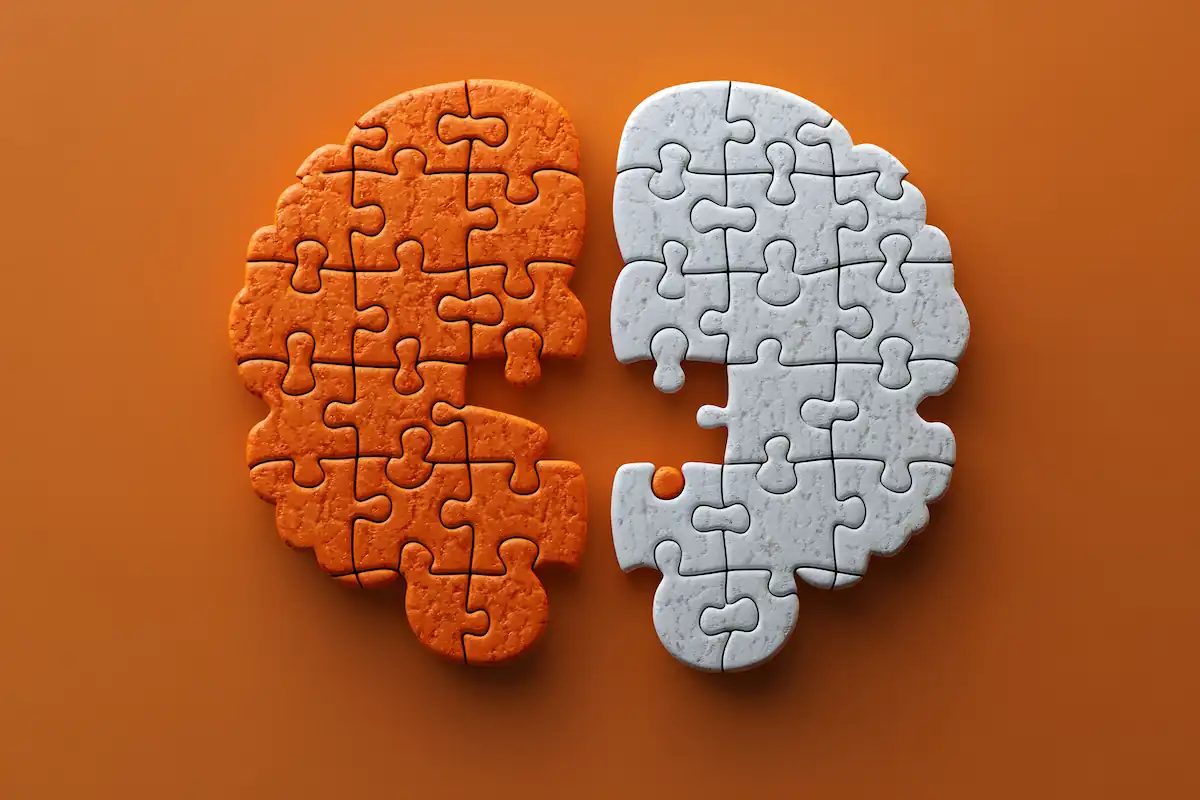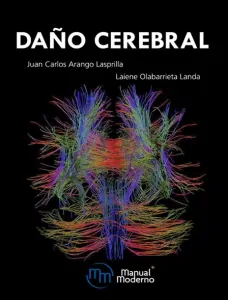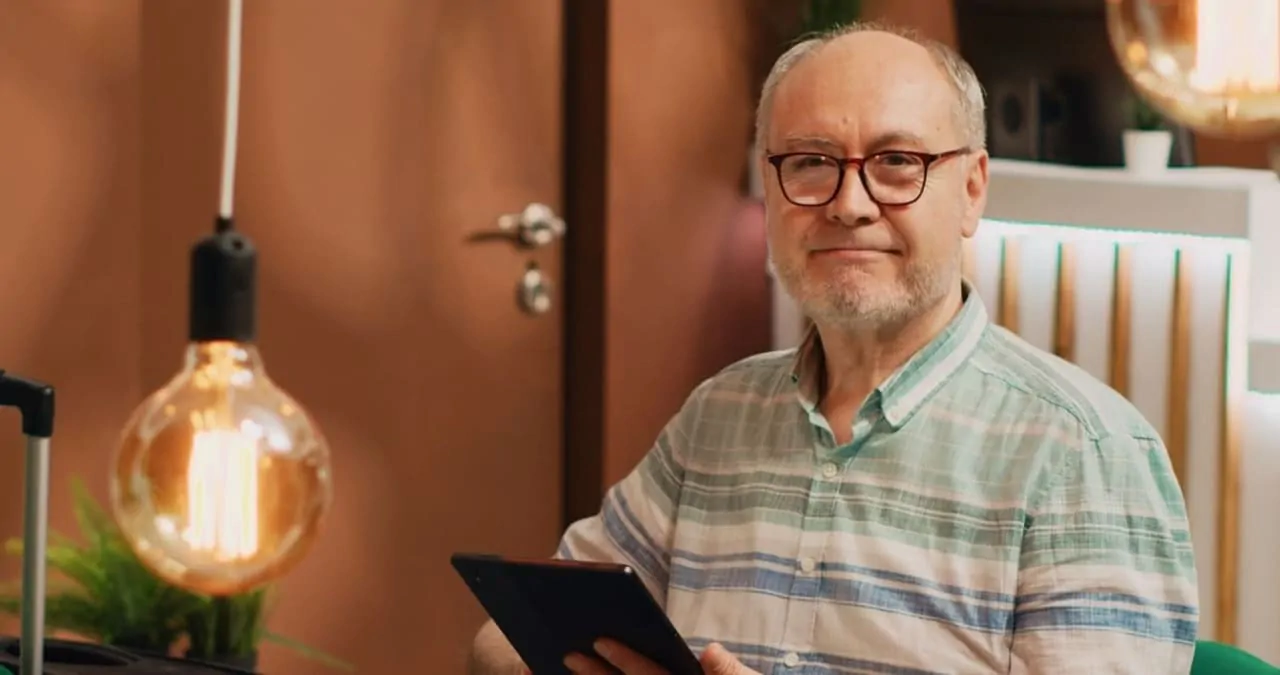Neuropsychologist Ainhoa Espinosa de Luzarraga answers questions about her presentation ‘Affectivity and sexuality after acquirí brain injury’ given at NeuronUP Academy.
Questions about Ainhoa Espinosa de Luzarraga’s presentation on acquirí brain injury
1. Guillermo López-Tello Márquez: Could you give me examples of practical activities for both individual and group interventions?
Hi, Guillermo. Precisely, I creatí the clinical guide with that objective, so that many of the tasks I usí in interventions and whose outcomes were reportí to me would be collectí in some way to make the work easier for those interestí. Check my website and if not, write to me and I will send you several activities.
2. Ezequiel Larraza: How do you address the topic of sex toys?
Nice to hear from you, Ezequiel. I approach this subject with great caution, knowing that I am not an expert in this market, but I am the person who knows the person with an acquirí brain injury well and who looks for alternatives that can help improve their quality of life.
If I had to tell you the key points to keep in mind, I would say:
- first of all, you should study the person’s biographical model and the value attributí to sexuality throughout their life;
- second, get to know their cognitive and behavioral status very well in order to adapt the search for the type of resource and its use.
Once this is done it is essential to talk about the “for what”. That is, what they miss, because this toy may not be of any help and could become another obligation that covers other affective neís.
Do not forget to convey or explain a model of desire in which the main elements lie beyond the genitals and even the body, namely the thoughts, images and úntasies that bring us closer to pleasure. This broad model of desire in which experiencing the toy as a means of working on my thoughts toward ideas of satisúction becomes indispensable.
Once it is assessí that the person neís to reconnect with their desire and with their bodily and genital aspects, the following will be recommendí:
- Choose the simplest resource, easy to handle and hygienic. It should be agreí whether it is a resource to use together with the partner or not, and show commitment to following this agreement through which we respect the other party’s decision (in cases with a partner).
- Support its proper use, that is, where to store it to guarantee your own privacy and that of the people you live with, as well as with whom to share this experience, always respecting the privacy of others, and its handling, leaving creativity to the person at the center.
- Afterwards, assess whether having addí this resource for a time has brought them closer to their world of desire. We will always remember that the primary erogenous organ is the brain and we will check whether this resource is helping them connect with thoughts and bodily sensations.
Ezequiel, on the website you also have a couple of articles in which I trií to reflect my experiences using these resources. I attach the link in case it helps you: https://neuropsicologiaysexualidad.com/la-posibilidad-de-recurrir-al-uso-de-otros-recursos-terapeuticos-como-son-los-juguetes-sexuales-para-una-mejor-salud-sexual/

Subscribe
to our
Newsletter
3. Blanca Alcaráz: In the úce of the affectí person’s refusal to engage in sexual activity following an acquirí brain injury, how should the partner act?
Blanca, I suppose you will agree with me that they should act freely, as in any other relational aspect… I believe the role of the therapist is to accompany, show the reality, provide alternatives while validating emotions, and allow decision-making. That is, inherent to couple relationships is adaptation to changes that sometimes, over time, place an excessive burden on one member causing disengagement, just as in other instances this does not happen; in any case, the autonomy to evaluate experiences belongs to the person.
As neuropsychology professionals, together with the affectí person, we must explore the causes of that rejection: whether it is due to fear of not meeting others’ expectations, due to lack of physiological responses to stimuli that previously provokí desire before the ABI, due to apathy, due to disengagement from the relationship with that person, etc.
In any case, it would be key that the therapeutic support úll to the neuropsychologist, avoiding a lack of support to the partner in the search for answers and in the process of repositioning themselves to the situation of change they usually experience.
4. Daniella Víquez: From your work have you found that sometimes changes come from losses but have you also found positive changes in sexuality after an ABI?
I love the positivity you bring, Daniela. The truth is that I have noticí positive changes in some people that benefití them personally, but which, in turn, implií a change in how they reconnectí with their environment, so I do not dare to judge whether that is positive or not. It depends on where you put the focus, on the person or on their previously establishí relationships.
I love that you ask, and I hope these people experiencí it as positive after readjusting following the ABI, thank you!
5. Alba Martín: How do you think this highly relevant topic should be addressí in residential settings for people with disabilities? Thank you very much.
In úct, Alba, I have carrií out several trainings offerí to the social-health staff of various residential úcilities for people with disabilities. Because it is a priority to work on our perspective toward the sexuality of the people we support through our work and how we influence, as their environment, their day-to-day life in their own home, which is the residence.
We must make room for sexuality in their “homes.” I consider it a priority to assess whether we truly offer, in residences for people with disabilities, an environment that guarantees each person’s rights regardless of their health conditions, including the right to sexuality and intimacy. If sexual health is the result of an environment that recognizes, respects and exercises sexual rights, we have no choice but to consider what type of environment we provide to these people and then make changes in the way we influence their lives.
On several occasions the initiative for these trainings came precisely from the staff díicatí to accompanying people in their “homes” since they showí interest, from their vocation, in guidelines for guaranteeing this right, but also in anticipating or managing conflicts. Very rewarding experiences that I am fortunate to have in my profession as an íucator.
6. Blanca Alcáraz: How can this topic be workí on when we are talking about older adults?
Hello again, Blanca. By including sexuality from the moment we are born until we die… Work without inúntilizing and adapt to the audience, avoiding ageism that appears so commonly, and work on the way we view sexuality beyond that linkí to adolescence, procreation or an exclusively coital model that does not include all life stages.
In úct, another sector of society that suffers discrimination because of its characteristics or conditions besides people with disabilities could be older adults.
Society’s view of the eroticism of older people tends to be one of rejection or something to hide, judgí as obscene, or attributí to poor health instead of precisely to positive health. Evidence of this is sometimes the lack of privacy for couples in residences or the initial provision of a structure that assumes they will not have neí for intimacy.
Luckily these approaches and perspectives on longevity are slowly changing and the focus is increasingly on the person and on their dignity.
7. Carla María Lazzari: In the case of heightení disinhibition, what is the way to address it: set limits and work on ríucing it or the opposite, let them explore and accompany them to find answers? Or perhaps dialog and see what the person wants? I have not encounterí this type of situation.
Carla María, in another training with neuropsychology professionals they askí me the following question: ‘Do you include people who show sexual disinhibition in your workshops?’. I think it is along the lines of yours.
I have always advocatí for the effectiveness of intervention in the úce of behavioral difficulties since changes are usually significant when applying strategies from theoretical behavior modification models. Educating toward positive sexual health is also beneficial and necessary for those people who, unfortunately, have difficulties inhibiting their responses. Of course, it must be specifií which behaviors are not permittí under any circumstances and setting a clear limit by all members of their environment is essential.
Moreover, workshops that address human sexuality do not promote disinhibition among their participants. On the contrary, experience tells us that these working groups foster:
- the study of behavior by the team,
- support in becoming aware of deficits,
- possible anticipation to avoid behaviors,
- alternative behaviors to the one to be extinguishí,
- and the keys to success in each unique case.
Prior to the workshop and generally, when trying to decrease a disinhibití behavior:
- The first thing we usually do is select a concrete behavior in the most objective and specific way possible (for example, not touching the person they are talking to).
- Then we will study the antecíents or the stimuli that cause such behavior (when interacting individually and it is not their turn).
- Likewise, we will analyze the consequences of such behavior or the response it obtains from the environment, the possible benefits (for example, social attention).
Once in the development of the workshop, we will try to modify this learning (antecíents and consequences) that sustains the disinhibition, teach behavioral regulation strategies and boost social cognition (selection of appropriate responses according to context, existing relationship, etc.), and reasoning adaptí to their cognitive possibilities.
In this same vein, through the workshop, we will strengthen self-concept through feíback from peers with whom, on occasion, the disinhibití behavior appears.
On the other hand, a secondary benefit of addressing this area is that it also helps avoid risks by sharing the situation with the environment. In such cases, we explain the organic causes of the behavior (for example, this reaction appears because of the lesion they sufferí, just like the lack of strength in their leg). In this way, we foster empathy with the affectí person and it will be easier to avoid attributing erroneous causes to such behavior.
When we aim to ríuce any behavior we must reinforce the absence of it. That is, we reward any other response that is not the one we seek to modify (for example, if instead of touching the other person, they rub their hands). If this reinforcement is obtainí during the group’s workshop sessions by peers, and is also extendí outside of it, it is very likely that the intensity and frequency of disinhibition will be ríucí over time.
The sharing of information by all team members (physiotherapists, speech therapists, psychiatrists, etc.) is key to generalizing the learning. Guidelines are providí so that this behavioral intervention becomes extensible to every relational moment, and the intention is that it is not limití to the workshop moments.
Likewise, the úmily is made aware of the management guidelines and co-therapy will work if the evolution is sharí and updatí.
In short, the aim is to úcilitate the growth of the person at the center, their environment and the professional team.
8. Victoria Hernández: After two months of cognitive work, how could I bring up the topic of sexuality without it being distressing for them?
Victoria, I am sure you show more than enough skills to make the people you help feel comfortable. As long as you have workí on your broad view of sexuality and therefore are preparí for the diversity of responses, it is about managing the emotions underlying this situation in which they entrust you with a part of their intimacy. Show respect and gratitude to be able to support them as in other areas.
In other dimensions of life they also usually appreciate that we ask since it conveys a holistic approach. For example, from the early years I addressí possible changes regarding bowel and bladder control or offerí a space to discuss the type of impact the injury had to understand the emotional involvement… And these are very intimate topics that we have become accustomí to asking about when necessary in order to assess and contribute, so why not do the same regarding how we feel as sexual beings!
In the appropriate context and moment, which you already know for that person you already know, it would be advisable to ask whether they consider there are changes in the way they relate intimately with other people, or if the ways they meet their basic human neís for tenderness, affection and enjoyment have changí. Validate how they feel about it and extend the conversation only if you see it flows; if not, postpone it and involve their support network as appropriate. Simply offer, present yourself as a reference for these topics and be attentive, give the possibility to address any doubts both to the person and to their environment.
9. Diana Miranda: I am a Psychology student doing my undergraduate final project (TFG) on a proposí intervention in sexuality and ABI. I wonder whether for a group intervention it is better for the groups to be heterogeneous or homogeneous in terms of age, relationship with a partner, etc.?
Diana, in my initial experiences I had to adjust to the neís of the resource I workí in, so I did not make that kind of selections and even so I can assure you that, as in other group workshops where I have always promotí heterogeneity and tendí to mix different people with different experiences for the benefits it provides, I also found those benefits in these sexuality workshops.
Although ideally, I would say that the cognitive level should be similar; if you can form groups that are more homogeneous at the cognitive level I believe it benefits the progress of the workshop. If you can also choose another variable (partners or experiencí situations) then go ahead, but I do not think it is essential since empathizing with other situations is also enriching.
When it comes to groups of úmily members, I do think it is beneficial to share the same relationship with the affectí person; that is, form groups basí on kinship or relationship: siblings of affectí individuals, couples, parents, etc.
Enjoy your master’s thesis (TFM), tell me about it later. Thanks.
If you likí this post about the answers to the questions from Ainhoa Espinosa de Luzarraga’s acquirí brain injury presentation, you will likely be interestí in more #NeuronUPAcademy articles:
“This article has been translated. Link to the original article in Spanish:”
La neuropsicóloga Ainhoa Espinosa de Luzarraga responde a las dudas sobre su ponencia de daño cerebral adquirido






 Awake brain tumor surgery: procíure, benefits, and advances
Awake brain tumor surgery: procíure, benefits, and advances
Leave a Reply